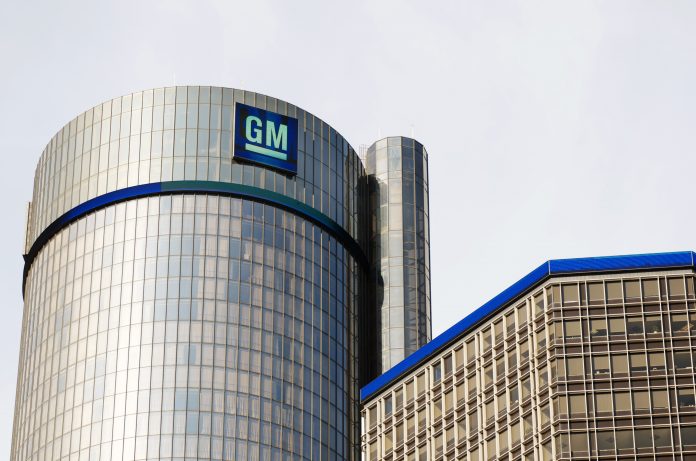General Motors saw a complicated second quarter during which its profits rose significantly but with tighter margins than the year before.
According to its quarterly earnings report, General Motors witnessed its global revenue rise 25% to $44.7 billion over the second quarter. The automaker’s net income grew even more, rising 52% to $2.6 billion. These two metrics improved in spite of a $792 million payout stemming from the 2021 Chevrolet Bolt recall. Nevertheless, the company’s financials also revealed that its profit margins had declined 0.6% year-over-year, falling from 8.9% to 8.3%.
This decrease comes despite the sizeable gains in revenue and additional improvements in both sales and pricing. General Motors increased the price of its cars $1,600 over the period, raising its average transaction price to $52,000. The company’s profit margins were partly spared by extensive cost-cutting measures enacted throughout the second quarter, some of which included workforce reductions through an employee buyout program. The car manufacturer is planning to take additional budget-correcting moves for the remainder of the year, which it estimates will reduce costs by at least $1 billion.
Overall, the automaker is still optimistic for the remainder of the year. Citing increases in demand and better cash flow, General Motors raised its 2023 earnings guidance by $1 billion to between $12 billion and $14 billion and is estimating a higher net income within the range of $9.3 billion and $10.7 billion. These adjustments mark the second consecutive quarter of upward shifts. Even with its profitability pressures, the car manufacturer is well-positioned to achieve its new financial targets. However, certain complications, such as a recession and an impending strike for the United Auto Workers union, could prove troublesome. Chief Financial Officer Paul Jacobson declined to speak on the UAW contract talks when taking reporter questions or how a strike would affect the brand’s forecast.



